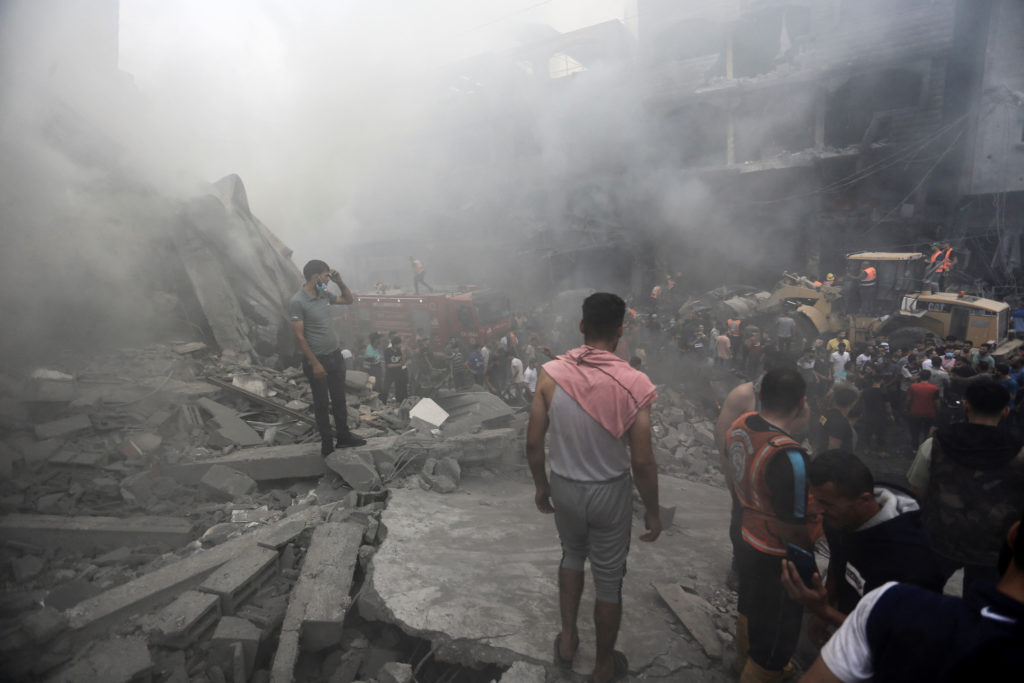After two years of war, there is a chance of a deal that will end the killing and destruction in Gaza and return the Israeli hostages, living and dead, to their families.
It is an opportunity, but it is not certain that it will be seized by Hamas and Israel.
The 7 October attacks killed around 1,200 people, mostly Israeli civilians, and 251 were taken hostage. The Israelis estimate that 20 hostages are still alive and they want the return of the bodies of 28 others.
Israel's devastating military response has destroyed most of Gaza and killed more than 66,000 Palestinians, mostly civilians, including more than 18,000 children. These figures come from the health ministry that is part of the remains of the Hamas administration.
Israelis and Palestinians both want the war to end. Hundreds of thousands of reservists in the IDF want to return to their lives after many months in active service. More than two million Palestinians in Gaza are in a humanitarian catastrophe.
The version of Hamas that was able to attack Israel with devastating force two years ago has long since been broken as a coherent military organization.
The stakes are high in Sharm el-Sheikh over the potential for a ceasefire. The first challenge is to work out conditions for the release of the Israeli hostages in exchange for Palestinians serving life sentences in Israeli jails.
President Trump wants results fast. The basis for the talks is his 20-point Gaza peace plan. However, it does not provide a definitive solution to the long-standing conflict between Israelis and Palestinians.
Israel is dependent on the United States. Without American help, Israel could not have attacked Gaza with such ruthless force. Trump is leveraging his influence to push for negotiations, but the success of these discussions remains uncertain amidst the competing interests and pressures from both sides.


















